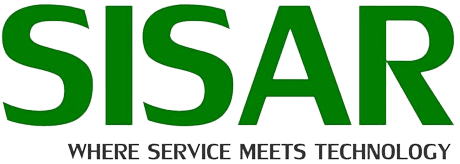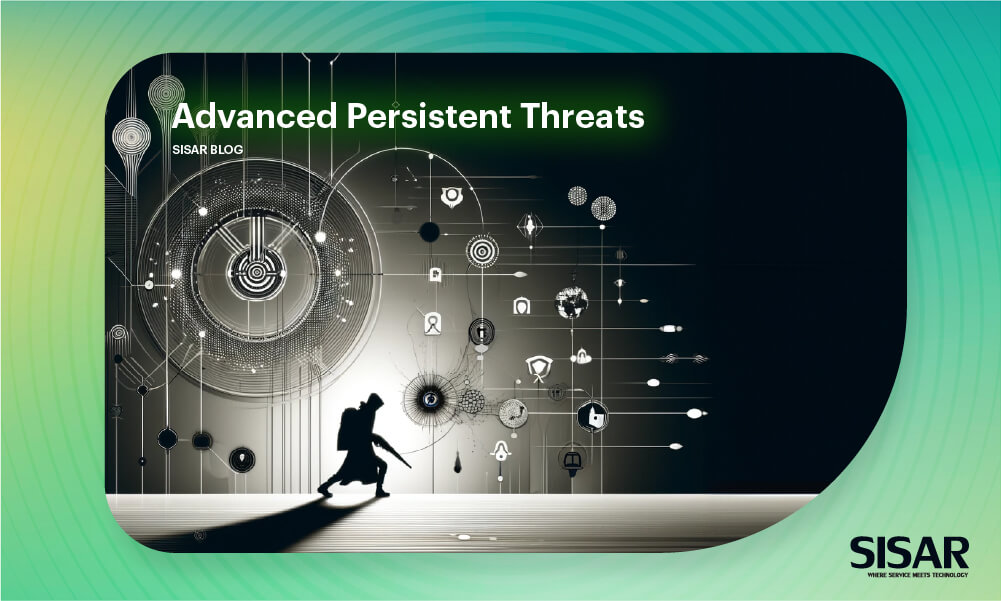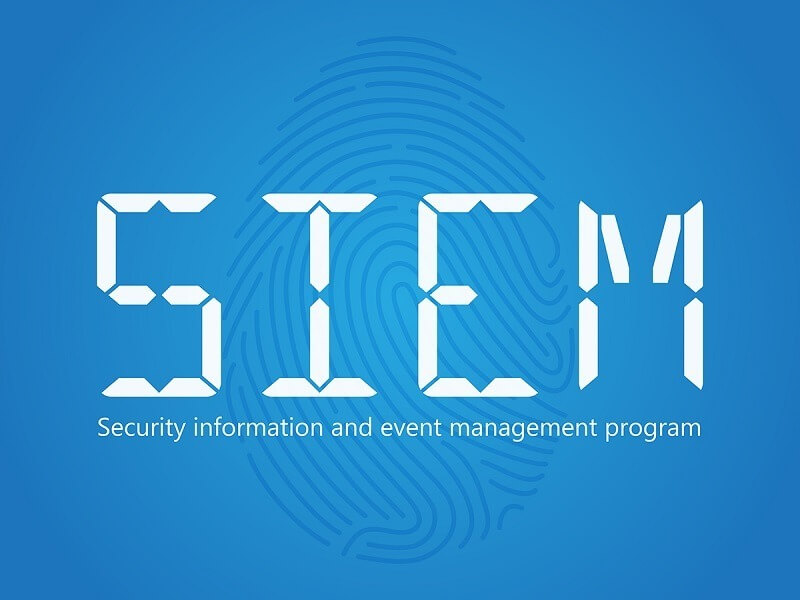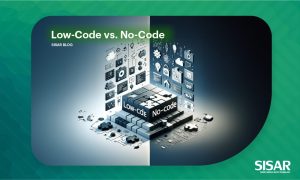Software testing technologies beyond traditional methods
The world of software development is rapidly evolving. The quest for efficiency, accuracy, and reliability in software testing technologies continues, and the pursuit is never-ending. Traditional testing methods are foundational. However, cutting-edge technologies are increasingly complementing them. In some cases, these new technologies even replace conventional methods. These innovations aim to streamline the testing approaches significantly. They also promise to reveal insights previously hidden. This blog post explores the leading edge of next-gen technologies in software testing. We will examine their implications thoroughly. We’ll see how they are transforming the quality assurance landscape. The Shift to Automation The transition from manual to automated testing has been significant. It signifies a pivotal shift in the approach to quality assurance. Automated testing tools have grown more sophisticated, offering speed and the capability to execute complex tests. These tools replicate diverse user environments and scenarios, enhancing the testing process. This shift has shortened the time to market. It has also enhanced the overall quality and reliability of software products. The Evolution from Manual to Automated Testing The journey from manual to automated testing represents a groundbreaking phase in the realm of software development processes. This significant transition marks a fundamental change in the methodology of quality assurance. It moves away from labor-intensive manual tests. The new direction is towards more efficient and reliable automated systems. These systems streamline the testing process. They ensure a higher level of accuracy and reliability in software testing. The evolution signifies a paradigm shift, highlighting the industry’s adaptation towards embracing technology-driven processes. Advancements in Automated Testing Tools Automated testing tools have undergone substantial advancements, becoming more sophisticated and versatile. Furthermore, these tools now deliver more than just increased speed. They also have the capability to conduct complex tests. These tests accurately mimic a wide array of user environments. They also replicate various scenarios. This advancement enhances the thoroughness and relevance of software testing. The enhancement in these tools’ functionality enables a more thorough and nuanced approach to testing. This approach facilitates the identification of issues. It also allows for the correction of these issues. Previously, such issues were challenging to detect. Now, we could address them more effectively. Impact on Time to Market One of the most notable impacts of this shift towards automation is evident. It significantly reduces the time to market for software products. This reduction streamlines the development process. It accelerates product launches. Ultimately, it benefits both the creators and the consumers of software products. Automation streamlines the testing process, allowing for continuous testing and immediate feedback. This efficiency accelerates the development cycle. It ensures that products reach the market faster. As a result, companies gain a competitive edge. This advantage is critical in today’s fast-paced market. It helps companies stand out by delivering their products more swiftly. Enhancements in Product Quality and Reliability Moreover, beyond speeding up development timelines, the shift to automated testing has significantly enhanced the overall quality and reliability of software products. Automation ensures rigorous evaluation of products before release by

















